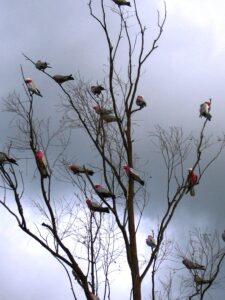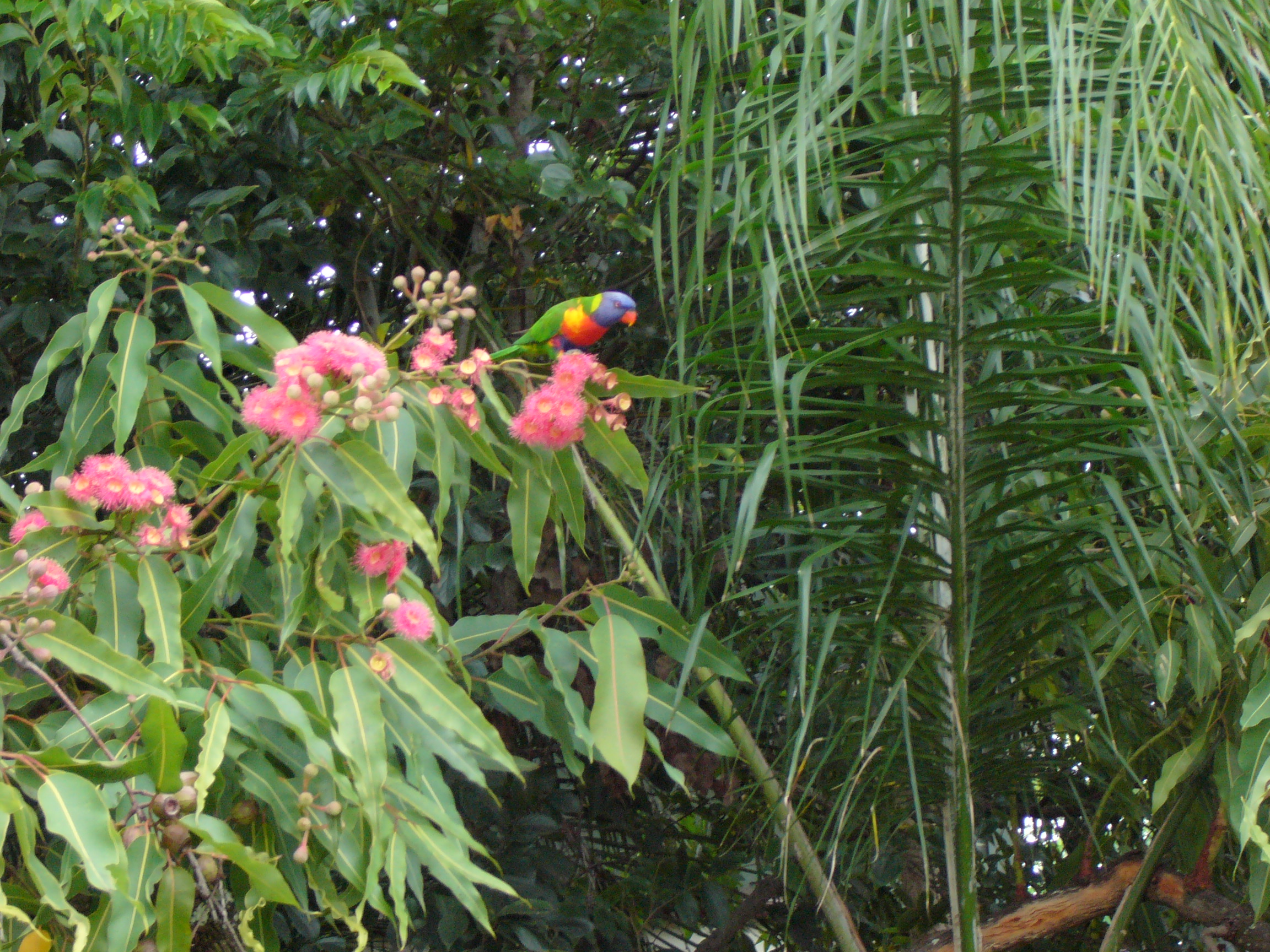Birding in Australia
 The bird life of Australia is, area for area, among the richest and most colourful in the world. Some 700 native species and naturally occurring migrants have been recorded compared with about 750 in North America, and 950 in Europe and northern Asia. Colour and uniqueness are blended in the parrots, the lyrebirds, the fairy-wrens and the birds-of-paradise and bowerbirds of which birds-of-paradise, bowerbirds and lyrebirds are only found in Australia and New Guinea. Nowhere else do the parrots display such variation of form as in Australia and only here are the cockatoos, the nectar-feeding lorikeets and the ground-feeding rosellas to be found.
The bird life of Australia is, area for area, among the richest and most colourful in the world. Some 700 native species and naturally occurring migrants have been recorded compared with about 750 in North America, and 950 in Europe and northern Asia. Colour and uniqueness are blended in the parrots, the lyrebirds, the fairy-wrens and the birds-of-paradise and bowerbirds of which birds-of-paradise, bowerbirds and lyrebirds are only found in Australia and New Guinea. Nowhere else do the parrots display such variation of form as in Australia and only here are the cockatoos, the nectar-feeding lorikeets and the ground-feeding rosellas to be found.
Other less colourful yet familiar and typical Australasian birds are the butcherbirds and currawongs, the treecreepers, the pardalotes, the whistlers, the Australian warblers, the owlet-nightjars, the moundbuilders, the bronzewings, the Emus and cassowaries. Few of the bird families of Asia and Africa are represented in Australia, and then only by one or two members of each. In their absence the endemic families have radiated to fill the habitats in all corners of the continent.
The origins of Australia’s birds and their nearest relatives elsewhere remain very much in the dark.
The traditional and most widely accepted view of the origins of Australian bird life sees Asia as a source. It is presumed that the first arrivals were the ancestors of the main group of endemic birds such as the mound-builders, the parrots, the lyrebirds, the honeyeaters, the mudnesters, the butcherbirds, and the birds-of-paradise and bowerbirds. For them to have evolved into the distinct forms living today they must have reached Australia at least 20 million or more years ago.

